Small pots
mitzicos
12 years ago
Related Stories
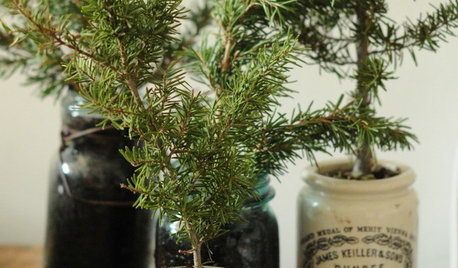
CHRISTMAS TREESLast-Minute Christmas: Mini Tree in a Pot
Create a temporary tree with cuttings or buy a small live tree to love for years
Full Story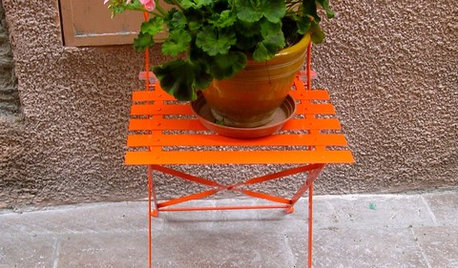
GARDENING AND LANDSCAPINGPotted Plants Perk Up the Streets of Coastal France
Dotting a stairway or perched on a café table, plants in colorful pots and vibrant flowers make a picturesque scene in a town on the coast
Full Story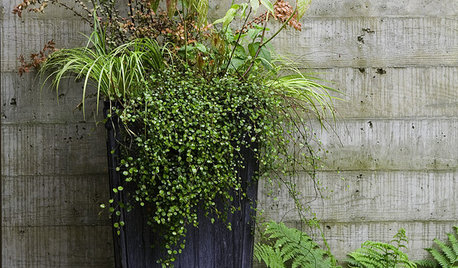
GARDENING GUIDESThe Secret Formula for Grouping Plants in a Pot
Designing a gorgeous container garden is easy once you know this simple rule of thumb for composition
Full Story
CONTAINER GARDENSContainer Garden Basics: How and When to Water Potted Plants
Confused about soil moisture, the best time to water and what watering device to use? This guide can help
Full Story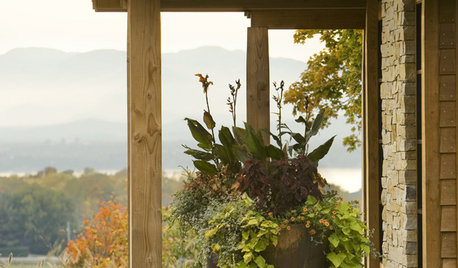
GARDENING GUIDESGrow a Beautiful Fall Garden in a Pot
Welcome autumn with 7 gorgeous plants that thrive in containers and enliven your porch or patio throughout the cooler season
Full Story
PRODUCT PICKSGuest Picks: Handy Helpers for Small Kitchens
Smart about size or dual use, these appliances, gadgets and pots offer full service while saving kitchen space
Full Story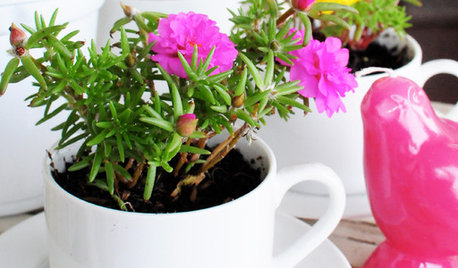
CONTAINER GARDENSDIY Project: Teacup Planter Pots
Add a riot of color to a windowsill, table or balcony by repurposing old cups and saucers as little planter pots
Full Story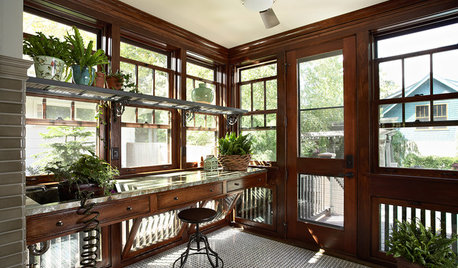
STUDIOS AND WORKSHOPSRoom of the Day: Potting and Puttering in Toasty Warmth
Minnesota winters are no match for this heated potting room, mudroom and changing room, which even has a dog shower
Full Story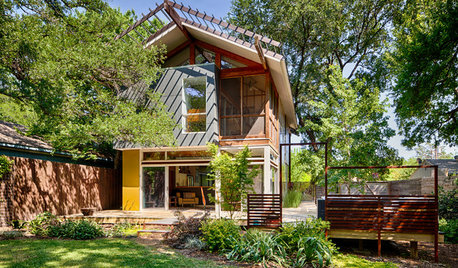
HOUZZ TOURSHouzz Tour: A Modern Garden Pavilion Sprouts Up on an Ex–Pot Farm
This compact Dallas house now connects to its leafy surroundings in a gorgeously irreproachable way
Full Story
WINTER GARDENINGWinter Gardening: Ideas for a Dream Potting Room
Check out potting rooms that get indoor gardening right — and learn tips for creating your own
Full StorySponsored


alpanther
penfold2
Related Professionals
South Elgin Landscape Architects & Landscape Designers · Canton Landscape Contractors · Bristol Landscape Contractors · Cornelius Landscape Contractors · Fairhope Landscape Contractors · Flagstaff Landscape Contractors · Hilton Head Island Landscape Contractors · Hurricane Landscape Contractors · Kailua Landscape Contractors · Matteson Landscape Contractors · North Potomac Landscape Contractors · South Portland Landscape Contractors · West Chicago Landscape Contractors · Winchester Landscape Contractors · Sterling Driveway Installation & MaintenanceAggie2
Laura_Carnosa
penfold2
Laura_Carnosa
mitzicosOriginal Author
mdahms1979
Laura_Carnosa
mdahms1979
mitzicosOriginal Author